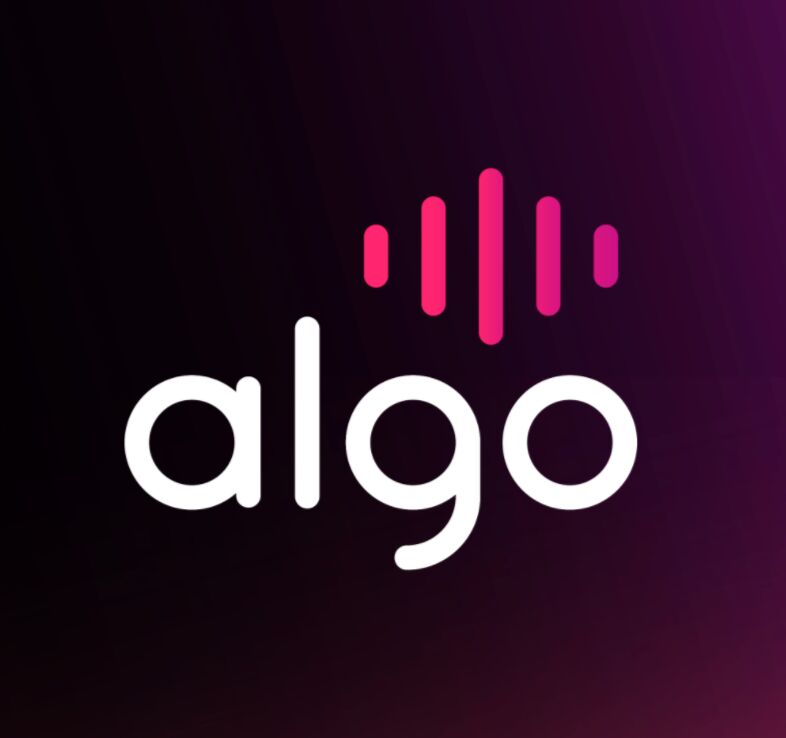If there’s one thing I’ve learned from working with supply chain teams across industries, it’s this: no two businesses plan the same way. And the differences aren’t always about size or category. They often come down to team structures, regional nuances, and how decision-making happens day to day.
That’s why transitioning to a new planning platform is rarely just about technology.
One of the biggest misconceptions I see is underestimating the effort required beyond the software itself. Data readiness, process alignment, and change management ultimately determine whether the investment delivers value or adds complexity.
Too often, businesses discover mid-implementation that their data is fragmented or unstructured, or that long-standing workflows don’t quite fit the new system. These challenges slow things down, frustrate users, and delay outcomes. That’s where a different approach makes all the difference. One that balances configuration flexibility with alignment to proven industry practices.
Understanding the Fit: Configuring for Your Business
When we onboard new clients at Algo, we don’t start by pushing a platform. We start by listening.
Our team spends time with stakeholders across planning, sales, operations, finance, and IT to understand how planning really happens. It’s not just what’s written in SOPs, but the reality in spreadsheets, shared drives, and day-to-day communications.
We look at current tools, workflows, planning rhythms, and data flows. We ask how decisions are made, what pain points exist, and where teams feel the biggest disconnect between process and performance. This insight allows us to configure implementations around what drives value, rather than recreate outdated processes.
Our onboarding approach is structured around four key phases:
- Discovery: Aligning on business goals, identifying bottlenecks, and understanding data and process maturity
- Collaborative Planning: Establishing KPIs, setting priorities, and creating a roadmap grounded in your goals
- Implementation: Configuring Algo in line with industry best practices while meeting internal planning needs
- Continuous Optimization: Staying engaged post-launch to support evolving priorities
We also align early around what success looks like. Whether the objective is improving forecast accuracy, reducing inventory, or increasing service levels, we configure the platform to support measurable, outcomes-focused planning.
Guiding the Journey: Partnership Over Platform
Go-live is a milestone, but it’s not the end of the journey. We stay involved well beyond implementation because our clients’ needs are dynamic. Business models change. Teams restructure. Priorities shift. Planning must remain aligned through it all.
That’s why we run structured quarterly business reviews with every client. In these sessions, we assess performance against KPIs, revisit strategic goals, and plan for what’s next. Between reviews, we maintain regular operational check-ins, support touchpoints, and training refreshers.
We’ve helped clients reconfigure planning logic as they enter new regions, bring on vendors, or expand fulfilment models. Our aim is to anticipate these changes and respond proactively. When we see opportunities for automation or efficiency, we bring them forward. When goals evolve, we adapt the platform accordingly.
Success in planning is about keeping pace with change while staying anchored to strategic direction.
Adapting Over Time: Evolving With the Business
In the first year with Algo, the focus is foundational: consolidating data, standardizing workflows, and giving teams visibility they didn’t have before. That clarity alone can drive meaningful improvements in efficiency and decision-making.
But the second year is where transformation accelerates. This is when businesses start expanding channels, integrating acquisitions, or launching new fulfilment models. They need a planning platform that can flex without starting from scratch.
One client evolved from a traditional retail model to a multi-channel strategy that included direct-to-consumer, ship-from-store, and marketplace sales. Each added new complexity to forecasting and fulfilment. We helped reconfigure their planning hierarchies, integrate new demand signals, and automate replenishment, all within a single environment.
These aren’t edge cases. They’re common transitions in today’s market. And they require platforms that support scalable, best-practice-aligned configurations, not rigid custom builds.
Finish Strong: From Outcomes to Ownership
Ultimately, success isn’t just about hitting KPIs. It’s when planning becomes a capability your team owns, and not a system they work around.
When clients stop asking whether Algo can handle a new challenge and start using it instinctively to solve them, that’s when we know it’s working.
What starts as configuration becomes enablement. What begins as implementation becomes strategy. When planning is part of how your business grows, not just how it operates, that’s when the platform truly fits.
Ready for a Planning Platform That Aligns and Scales With You?
About the author

Emily Slavik
Emily is the SVP of Customer Success at Algo, where she helps enterprise retailers and brands optimize their planning operations for scale and agility. She built her reputation as a supply chain strategist and operator at industry leaders like Disney, General Mills, and Best Buy. Emily brings deep expertise in turning complex planning challenges into measurable business outcomes.



